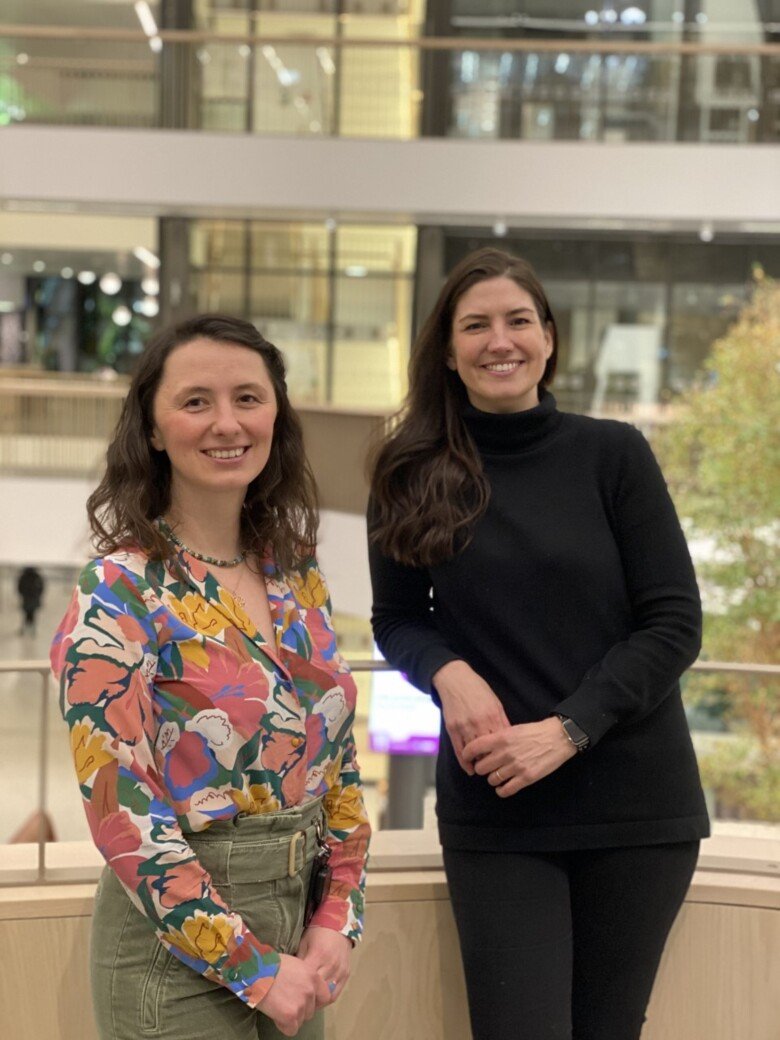A new technology to see tubes in 3D in mice shows how the liver can recover in Alagille syndrome
In order to understand a disease, we first have to be able to describe it correctly.

Many diseases affect different vessels in our body, such as blood vessels, bile ducts or airways. Visualizing these in animal models of disease, to better understand what is actually going wrong form a structural point of view has been an area of intense research. We developed a new method, independent of antibodies or microscopes, to visualize multiple vessels at the same time in a mouse model for a human disease known as Alagille syndrome. This new technique allows us to see, measure, and precisely define organ architecture - transforming our understanding of this disease, and the regenerative process that occurs in some patients, and in some of the mice.
In Alagille syndrome, bile ducts in the liver fail to form, resulting in severe live disease in young children. Only 25% of children survive to adulthood with their native liver, and better insights into the disease itself, and the regenerative process that happens in some patients, are urgently needed. With our new technique, we could show that newly formed bile ducts are tortuous (wiggly), and that they develop abnormally far away from portal veins that they are normally next to. Bile duct branching was also different in livers from the mouse model, suggesting that the regenerative process may preferentially occur in the middle of the liver, rather than at the edges.
In the future, we will use this tool to link a specific liver architecture with the molecular processes occurring in that region, in order to understand the mechanisms underlying different processes, and to direct therapeutic interventions to the most beneficial regions in the liver.
DUCT reveals architectural mechanisms contributing to bile duct recovery in a mouse model for Alagille syndrome.
Hankeova S, Salplachta J, Zikmund T, Kavkova M, Van Hul N, Brinek A, Smekalova V, Laznovsky J, Dawit F, Jaros J, Bryja V, Lendahl U, Ellis E, Nemeth A, Fischler B, Hannezo E, Kaiser J, Andersson ER
Elife 2021 Feb;10():
